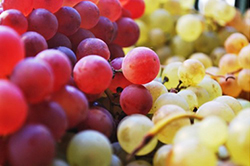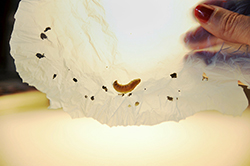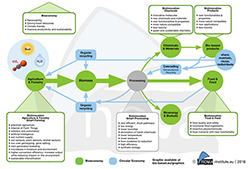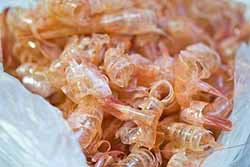The biocomposite production in Europe is estimated to amount to 410,000 tons in 2017, according to nova-Institute.Over 30 compound companies produce and trade 80,000 tons of granulate with wood and natural fibers in Europe. In addition to the common petrochemical plastics PE, PP, TPE and PVC, biopolymers such as Bio-PE, PLA, PBS, PBAT or PHA are utilized.Depending on the target application, wood flour, wood fibers, cellulose fibers, bast fibers such as hemp, flax, jute or kenaf, but also bamboo, cork or the fibers of the sunflower seed shells are used.The overall annual growth rate of the European biocomposite production is about 3% which is roughly in line with the average growth of the plastics market.▲ Growth of biocomposites in different applications.Much higher growth rates of up to 30% have been identified in various innovative application fields of biocomposites. These application fields range from technical applications over furniture to consumer goods that are produced mainly with injection molding, 3D and other production methods like roto molding.Furthermore, in the area of traded granulates the overall growth rate has also been substantially higher as the average (15%).The full market report will be first presented at the Biocomposites Conference Cologne (BCC) in Germany) on December 6-7. Organized by nova-Institute, the conference is expected to host 300 participants from 30 countries as well as more than 30 exhibitors.Source: CPRJ Editorial Team (AL)Link: https://www.adsalecprj.com/Publicity/MarketNews/lang-eng/article-67028576/tc-en_CPRJ_EN_20171122/NewsArticle.aspx
Ms. Park
2017-11-24



















